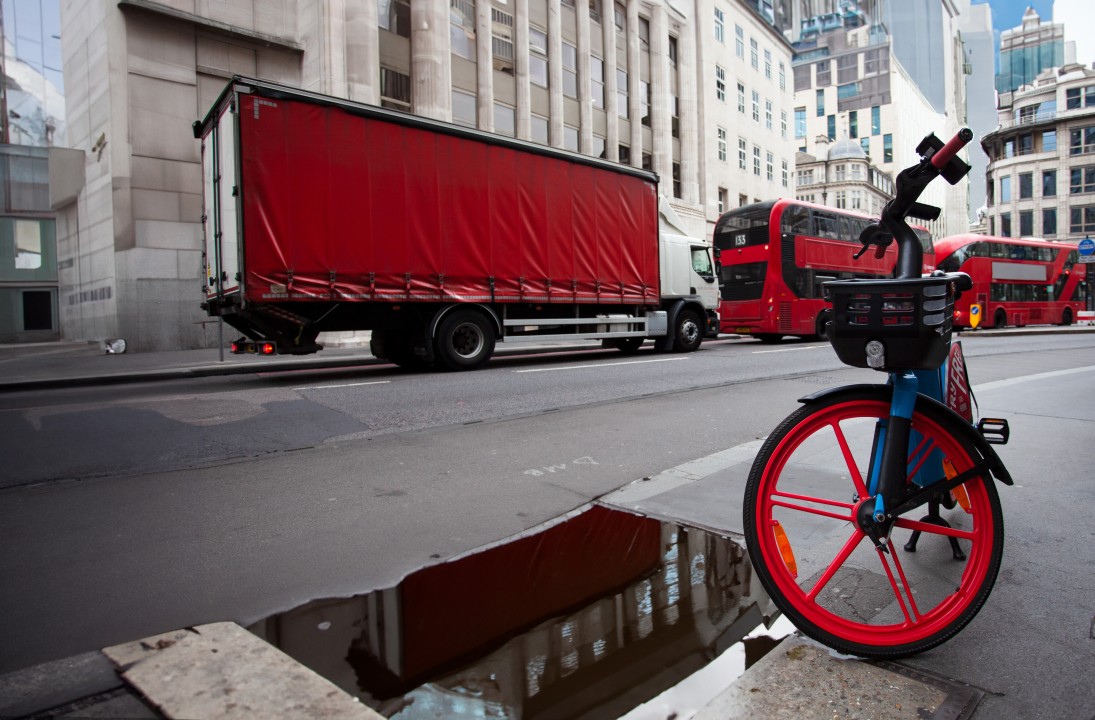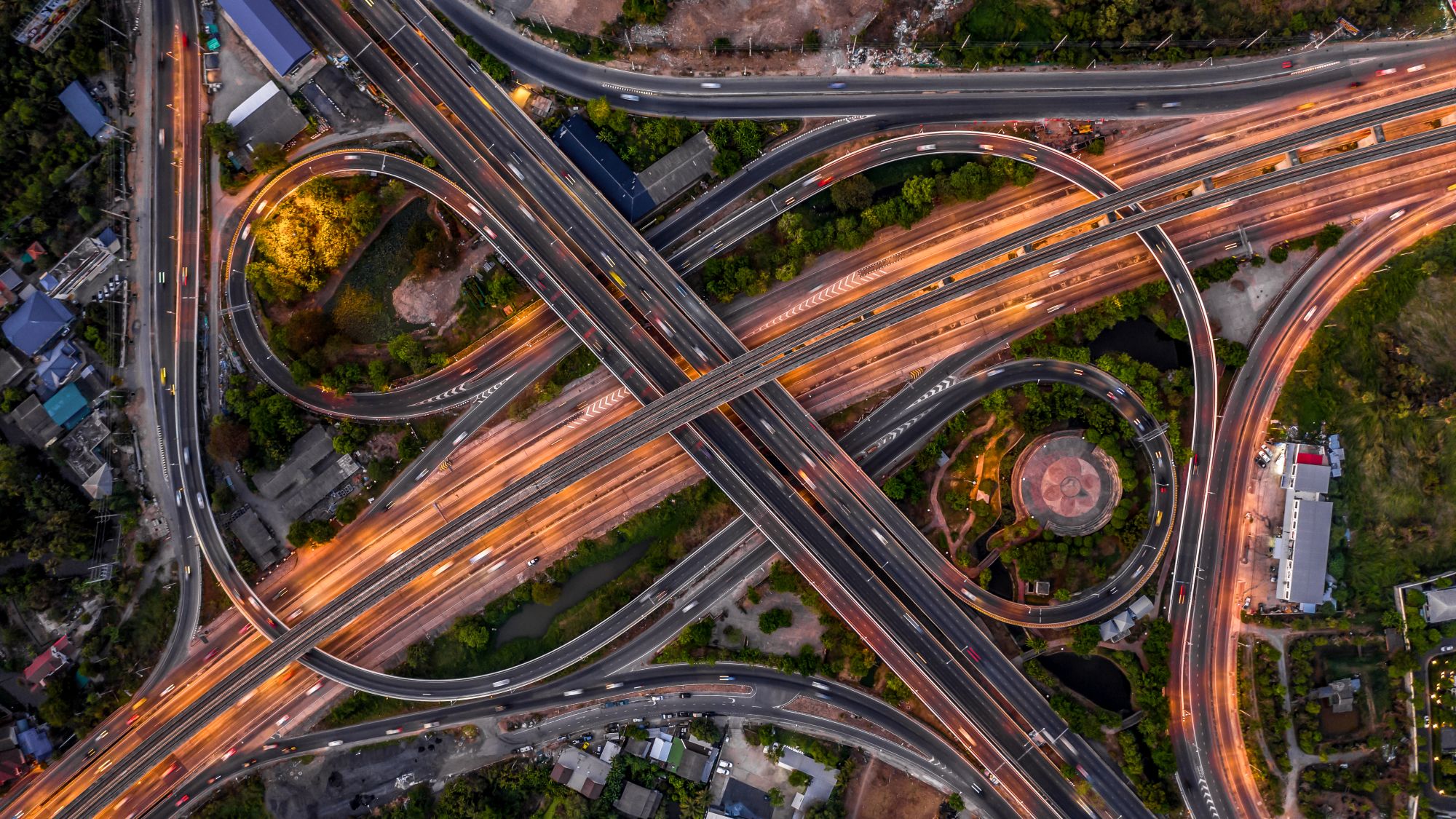
Susie Jones
Cinq mythes sur le transport routier démystifiés
Créée: 19/08/2024
•
Mise à jour : 19/08/2024
Depuis des siècles, la conduite de camions est l'épine dorsale du commerce mondial : elle permet de livrer des marchandises et des produits de première nécessité dans le monde entier. Cependant, malgré son rôle essentiel, le transport routier a longtemps été entouré de mythes et d'idées fausses.
Bien que certains de ces mythes soient pris avec des pincettes, d'autres peuvent nuire au secteur du camionnage et à ceux qui y travaillent. Il est donc primordial de démystifier ces idées fausses afin de s'assurer que le métier de chauffeur routier reste un choix de carrière attractif pour les générations futures. Nous avons demandé à notre communauté de chauffeurs sur Facebook quels étaient les plus grands mythes qu'ils avaient entendus au cours de leur carrière.
1. Les chauffeurs routiers sont assis toute la journée
"Les chauffeurs routiers ne font que s'asseoir toute la journée. Une phrase souvent entendue par les camionneurs, Luke.
Le monde du transport routier ne se résume pas à la conduite. Les chauffeurs routiers travaillent souvent avec d'autres personnes dans les terminaux, les quais et les entrepôts pour décharger et charger les marchandises. Derrière le volant, tout n'est pas rose non plus. Les camionneurs doivent se concentrer sur la manœuvre de leur véhicule et respecter des règles strictes en matière de tachygraphe. Il est impératif de bien connaître les zones dans lesquelles ils peuvent ou ne peuvent pas conduire, et d'être conscient des dangers potentiels.
2. Tous les camionneurs sont des hommes
Il s'agit d'un stéréotype dépassé qui ne reflète pas la réalité du transport routier moderne. Récemment, la proportion d'hommes et de femmes parmi les chauffeurs routiers a considérablement évolué. En 2021, les conductrices ne représentaient que [1 %] (https://britishtrucking.co.uk/female-truckers-in-the-uk-percentages-in-the-haulage-industry-2021/#:~:text=There%20are%20currently%20315%2C000%20registered,job%20than%20their%20male%20counterparts.) des 315 000 chauffeurs routiers du Royaume-Uni. Toutefois, ce nombre augmente d'année en année, à mesure que le secteur évolue et adopte l'inclusivité. Des chauffeurs comme Jodi Smith sont de précieux défenseurs des femmes dans le secteur. Jodi documente son expérience du camionnage en ligne, inspirant d'autres personnes à prendre le volant.
3. Tout le monde peut conduire un camion
Nombreux sont ceux qui pensent que s'ils peuvent conduire une voiture, ils sont capables de conduire un camion. Toutefois, la conduite d'un camion exige des compétences particulières qui ne conviennent pas à tout le monde. La conduite d'un camion commercial nécessite un certificat de compétence professionnelle (CCP). Pour obtenir ce certificat, les conducteurs doivent passer cinq épreuves :
Théorie
Étude de cas
Exercices hors route
Conduite sur route
Démonstrations pratiques
En outre, la conduite d'un camion exige un mode de vie qui ne convient pas à tout le monde - avec de longues heures isolées sur la route qui présentent souvent des défis inattendus.
4. Distance de freinage
"Les automobilistes pensent que la distance de freinage d'un poids lourd est la même que celle d'une voiture", c'est ce que Paul, chauffeur de camion, a entendu une fois de trop.
La distance de freinage d'un camion est sensiblement différente de celle d'une voiture en raison de plusieurs facteurs : - Le poids : le poids total d'un camion chargé est supérieur à celui d'une voiture classique, ce qui signifie qu'il faut plus de force pour ralentir et s'arrêter.
- Mécanique : le système de freinage d'un camion est adapté aux charges lourdes, ce qui signifie que les essieux et les composants de freinage sont plus grands et plus robustes, d'où des temps de réponse plus longs et des distances de freinage plus importantes.
À 60 km/h, un camion a besoin de 132 m pour freiner, contre 73 m pour une voiture, ce qui souligne l'importance de laisser suffisamment d'espace entre vous et un camion lorsque vous freinez brusquement.

5. Les camionneurs sont sales
Au fil des ans, les chauffeurs routiers ont été stéréotypés comme étant sales et paresseux - une généralisation injuste. De nombreux chauffeurs longue distance passent beaucoup de temps loin de chez eux et dans leur cabine - ce qui signifie que leur hygiène et la propreté de leur cabine sont une priorité.
Il est essentiel de dissiper les mythes et les idées fausses qui entourent la conduite de camions afin de mieux comprendre la profession. Le fait de démystifier certains des mythes les plus répandus rendra le secteur plus attrayant pour les générations futures et sensibilisera les gens au fait que la conduite de camions est une profession hautement qualifiée qui joue un rôle essentiel dans notre économie.
Le transport routier est-il une activité solitaire ?
Avant d'envisager une carrière de chauffeur routier, il est essentiel de comprendre en quoi consiste ce métier. Pour de nombreux routiers, le problème est de faire face à la solitude - de longues heures sur la route avec peu ou pas de communication sont difficiles pour certains, mais un rêve pour d'autres.
En outre, le temps passé loin de ses proches peut avoir des effets néfastes sur de nombreuses personnes. Toutefois, il est devenu plus facile pour les conducteurs de communiquer avec leurs amis et leur famille par téléphone ou par appel vidéo. Les camionneurs disposent également de nombreux [forums] (https://epicvue.com/6-ways-you-can-handle-loneliness-as-a-truck-driver/#:~:text=Loneliness%20is%20a%20huge%20issue,the%20isolation%20on%20the%20road.) et de conseils utiles pour atténuer la solitude.
Un chauffeur routier peut-il avoir un deuxième emploi ?
Alors que le Royaume-Uni traverse une crise du coût de la vie, de plus en plus de conducteurs envisagent d'avoir un deuxième emploi. Cependant, l'emploi secondaire présente des problèmes et des risques, en particulier dans le monde du transport routier. Avant d'aller plus loin, les conducteurs doivent se demander s'il existe une politique d'emploi secondaire au sein de leur entreprise.
Lors de l'élaboration d'une politique d'emploi secondaire, les entreprises et les opérateurs doivent tenir compte des effets sur les performances, l'assiduité et la fatigue des conducteurs. Sans oublier le respect des règles relatives aux heures de travail et au temps de travail des conducteurs.



